
All winter long, my family relies on my fresh canned marinara from the garden. Garden-fresh sauce spiked with homegrown basil, oregano, garlic, and peppers tastes nothing like canned commercial sauces. The best sauce starts with great tomatoes. Sauce and paste tomatoes are unique in that they are fleshier, denser, and less watery and seedy. Tomatoes with less water don’t need to be cooked down as long, which means fresher tasting sauce.
Over the years, I have tried loads of sauce and paste tomatoes, and picked favorites along the way. Those that I like have deep color, full flavor, and are very productive. Disease resistance and vigor are also important traits. Here are some of the best I have found, along with a few promising new varieties.
Best Sauce Tomatoes
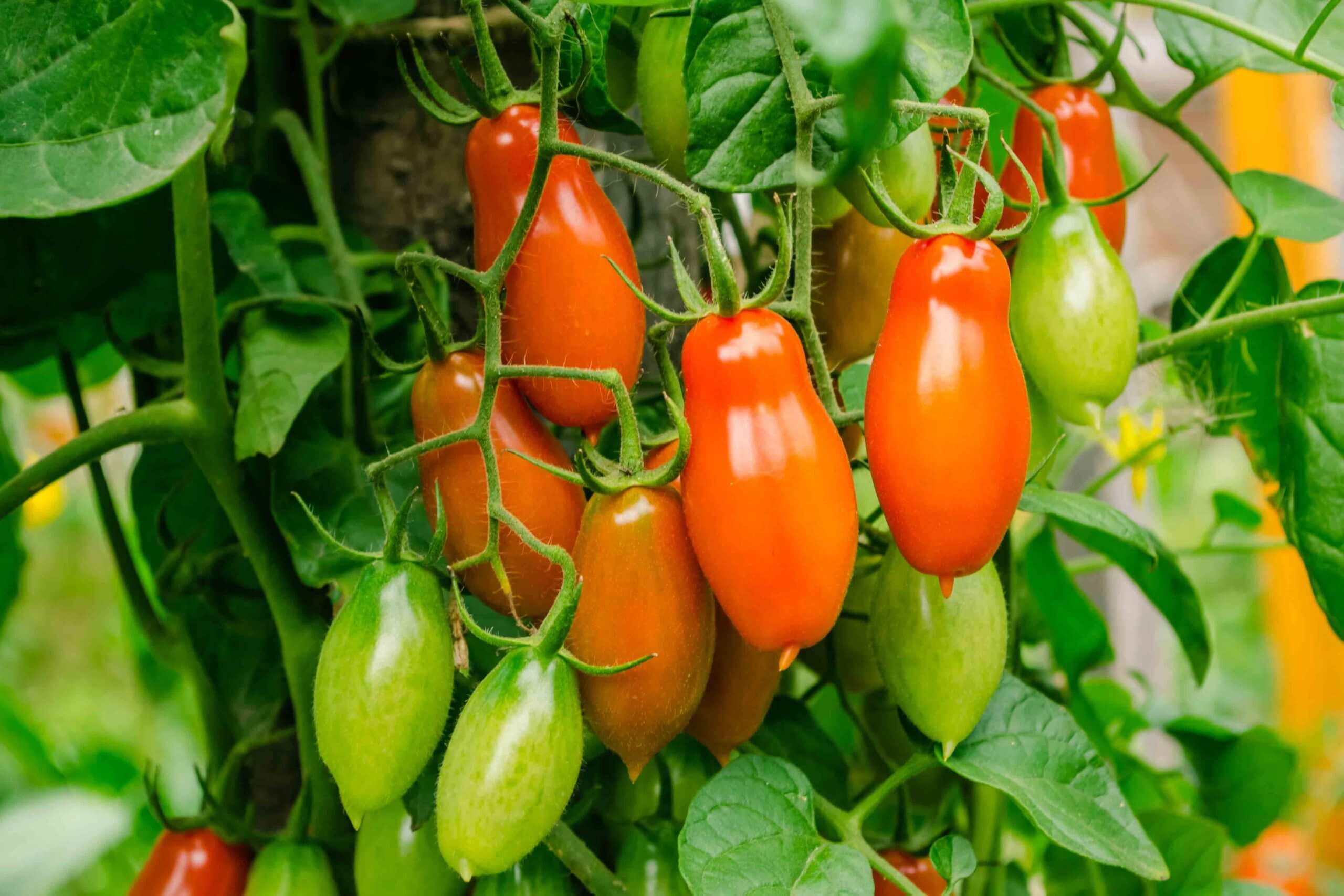
Italian Classics
‘San Marzano’ (80 days) is the most famous Italian paste tomato. Its dense, elongated red fruits are beautifully flavored with balanced acid and sugar (Brix 4.7 to 5.4), but I tend not to grow them in their pure form. This is because they are determinate bush tomatoes that produce fruit over a shorter window than vining tomatoes. Instead, I favor ‘San Marzano Redorta’ (80 days); its indeterminate vines produce larger red fruits for a longer time. They have a similar flavor to the classic ‘San Marzano’, but the plants are more productive. The ‘San Marzano 2’ variant is also a choice variety that’s more disease resistant than 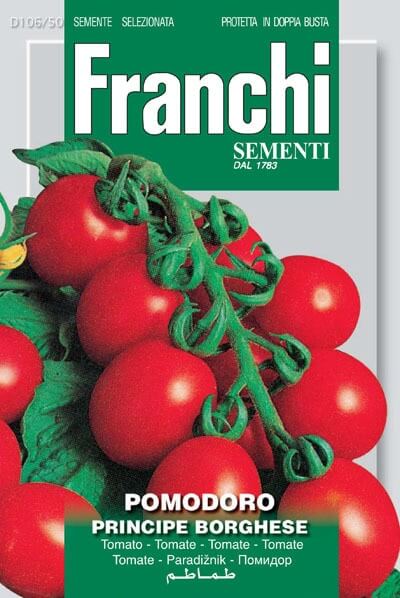 the original, exhibiting resistance to both fusarium and verticillium wilt. My favorite source for these varieties is the Italian seed vendor, Franchi Sementi, which was founded in 1783. You can also find organic seeds for classic ‘San Marzano’ and ‘Roma VF’ at High Mowing Organic Seeds.
the original, exhibiting resistance to both fusarium and verticillium wilt. My favorite source for these varieties is the Italian seed vendor, Franchi Sementi, which was founded in 1783. You can also find organic seeds for classic ‘San Marzano’ and ‘Roma VF’ at High Mowing Organic Seeds.
Another ‘San Marzano’ type to try is ‘Pozzano’ (72 days). Its fruits are like those of classic ‘San Marzano’, but they are produced in quantity on large indeterminate vines that are exceptionally resistant to fusarium wilt races 1, 2, tomato mosaic virus, and verticillium wilt. This variety also grows very well in greenhouses.
A nice heirloom with traditional flavor is ‘Roma’ (75 days). Its sweet fruits are deep red, very flavorful, and borne on short, determinate vines that are disease resistant. Plants are high yielding.
Though they look like salad tomatoes, deep red ‘Principe Borghese‘ are the preferred fruits for drying and roasting. They have a delicious flavor and make great roasted tomato sauce or sun-dried tomato pesto.
American Paste Tomatoes
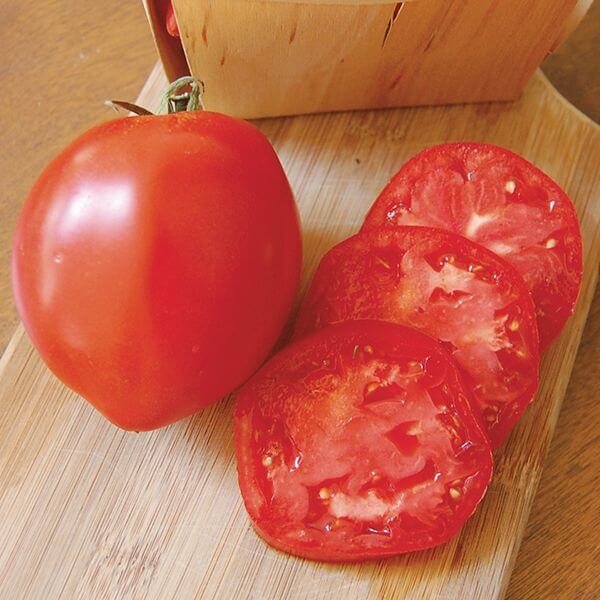
Of the American heirloom varieties, ‘Amish Paste’ (85-days) is one of the best. First obtained from an Amish community near Medford, Wisconsin in the 1870s, the plants produce large, meaty, plum tomatoes on indeterminate vines. Another American classic is ‘Jersey Giant’ (75-80 days), which has indeterminate vines that produce huge orange-red plum tomatoes reaching 6-inches in length. The flavorful fruits are full-flavored and crack resistant.
Unusual Paste Tomatoes
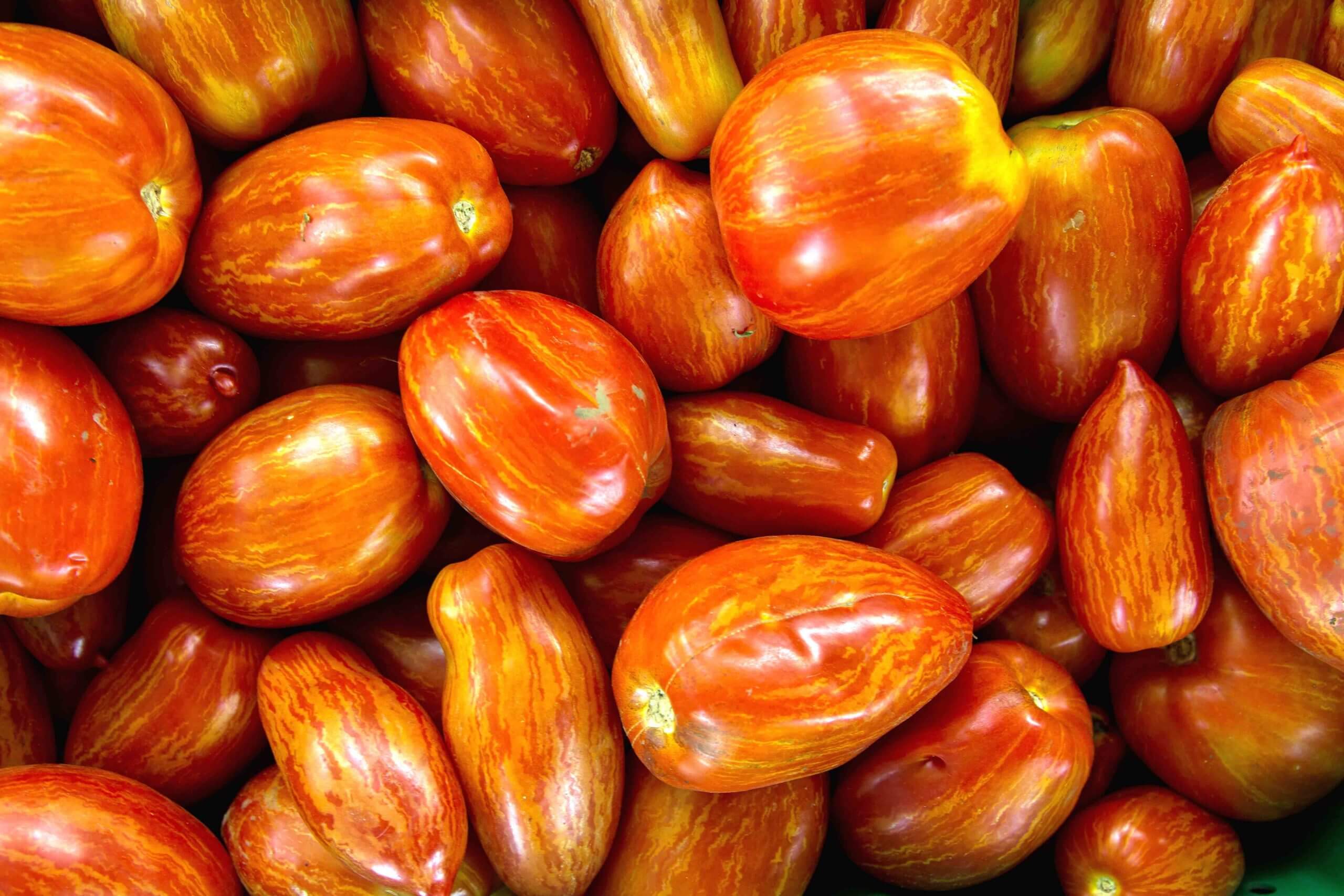
The red and golden-orange striped ‘Speckled Roman’ (85 days) paste tomato is pretty and unusual. Its tall vines produce lots of delicious, fleshy fruits that taste great in sauce or eaten fresh.
Not all sauce tomatoes are red. A new variety that I hope to grow this year is the tangerine orange ‘Sunrise Sauce‘ (57 days) tomato. In addition to the novel color, the sweet fruits are produced very early. Remarkable resistance to fusarium wilt race 1 and verticillium wilt also makes this a choice tomato for the garden.
Planting Paste Tomatoes
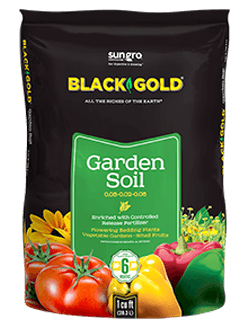 Full sun is required for the best tomato growth and fruit output. [Click here to learn more about growing tomatoes from seed to harvest.] One thing to keep in mind when planting and growing paste tomatoes is that flavor is intensified by less water and well-drained soil. Planting tomatoes in raised or bermed beds amended with Black Gold Garden Compost Blend or Black Gold Garden Soil will help with soil drainage, and feeding them with a specialized tomato fertilizer will increase fruit production. [Click here to learn how to berm beds.] Reduce watering as fruits develop to increase fruit flavor.
Full sun is required for the best tomato growth and fruit output. [Click here to learn more about growing tomatoes from seed to harvest.] One thing to keep in mind when planting and growing paste tomatoes is that flavor is intensified by less water and well-drained soil. Planting tomatoes in raised or bermed beds amended with Black Gold Garden Compost Blend or Black Gold Garden Soil will help with soil drainage, and feeding them with a specialized tomato fertilizer will increase fruit production. [Click here to learn how to berm beds.] Reduce watering as fruits develop to increase fruit flavor.
Tomatoes also require warm summer days and nights for fruit sugars to develop to their fullest. Cool temperatures disrupt sugar development in tomato fruits and increase toughness. So, tomatoes grown in areas with consistently cool summer nights tend to have less taste.
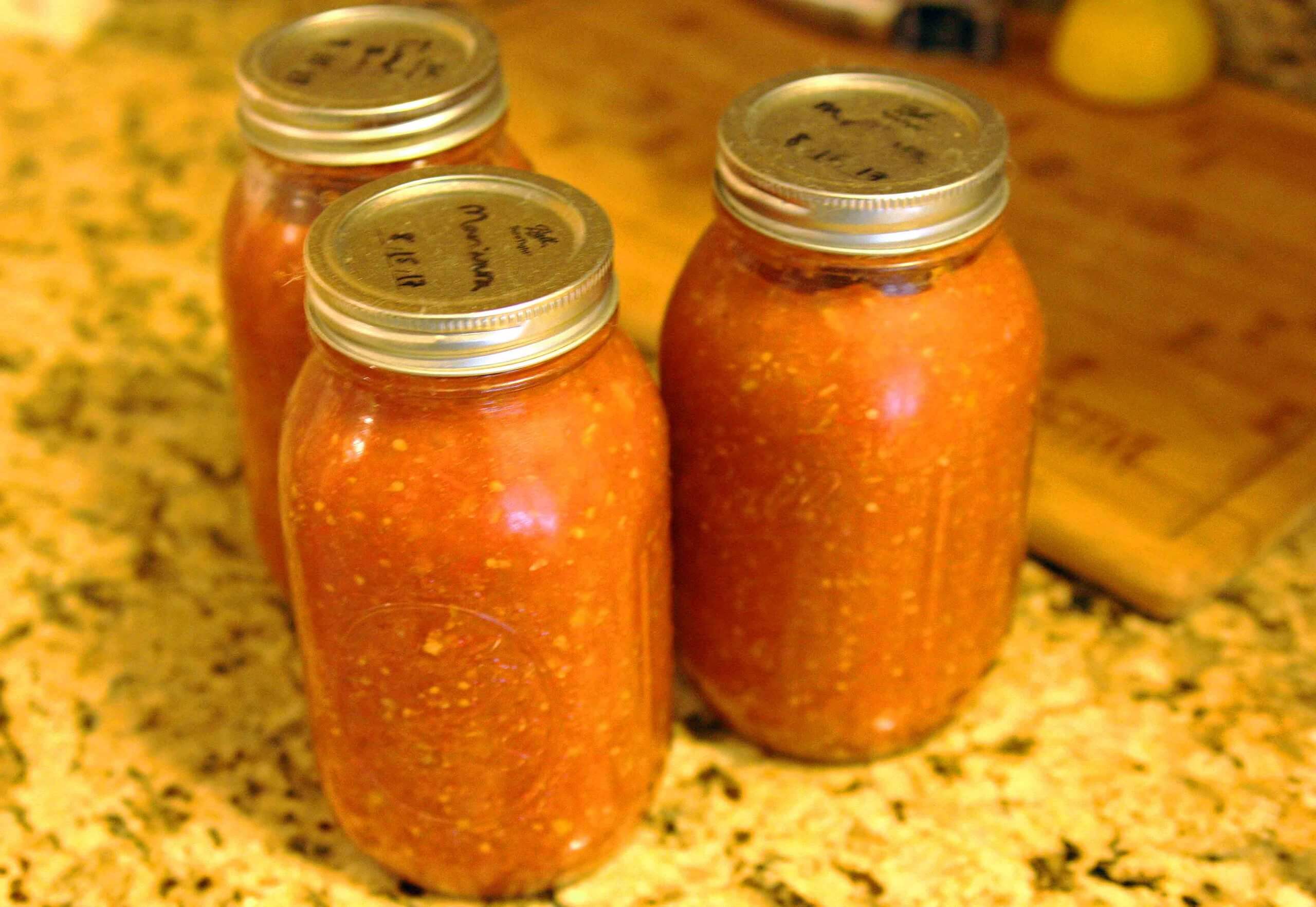
How to Prune Tomatoes
Whether you choose determinate (bush) or indeterminate (vining) vines, all tomatoes are easier to prune and harvest if supported by sturdy cages or stakes. Training vines also makes harvesting easier.
Late winter is the best time to plant tomatoes indoors from seed. Start them six weeks before your last frost date (Frost Date Chart here). After frosts have passed and the soil warms, your newly planted tomatoes will start growing rapidly. By midsummer, they should begin producing loads of fruits for sauce and fresh eating. Just six to eight happy vines should give you enough garden-fresh tomato sauce to last the winter.

